Search the Special Collections and Archives Portal
Search Results
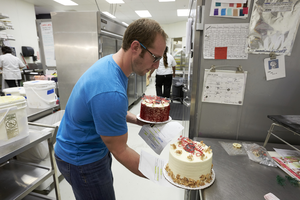
Photograph of Max Jacobson-Fried at Freed's Bakery, Las Vegas, Nevada, March 04, 2016
Date
Archival Collection
Description
Max Jacobson-Fried works at the popular Freed's Bakery location, 9815 S. Eastern Ave.
Image
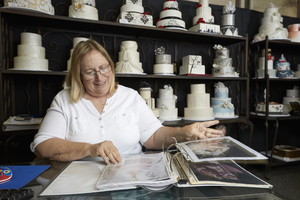
Photograph of Joni Fried at Freed's Bakery, Las Vegas, Nevada, March 04, 2016
Date
Archival Collection
Description
Joni Fried, whose parents built Freed's Bakery into a premier Las Vegas establishment, photographed in the cake ordering area of the bakery's 9815 S. Eastern Aveue location.
Image
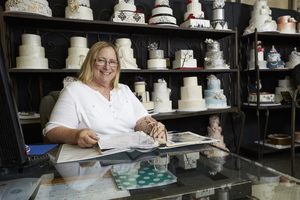
Photograph of Joni Fried at Freed's Bakery, Las Vegas, Nevada, March 04, 2016
Date
Archival Collection
Description
Joni Fried, whose parents built Freed's Bakery into a premier Las Vegas establishment, photographed in the cake ordering area of the bakery's 9815 S. Eastern Aveue location.
Image
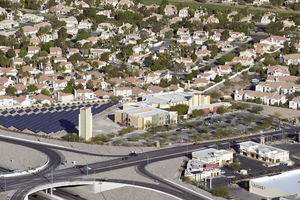
Photograph of Congregation Ner Tamid, Henderson, Nevada, March 23, 2016
Date
Archival Collection
Description
Congregation Ner Tamid is located at the I-215 interchange at Valley Verde in Henderson, Nevada. The second oldest synagogue in Southern Nevada, Ner Tamid's current location opened in February 2007.
Image
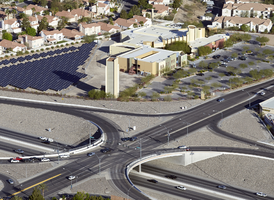
Photograph of Congregation Ner Tamid, Henderson, Nevada, March 23, 2016
Date
Archival Collection
Description
Congregation Ner Tamid is located at the I-215 interchange at Valley Verde in Henderson, Nevada. The second oldest synagogue in Southern Nevada, Ner Tamid's current location opened in February 2007.
Image

Photograph of Congregation Ner Tamid, Henderson, Nevada, March 23, 2016
Date
Archival Collection
Description
Congregation Ner Tamid is located at the I-215 interchange at Valley Verde in Henderson, Nevada. The second oldest synagogue in Southern Nevada, Ner Tamid's current location opened in February 2007.
Image
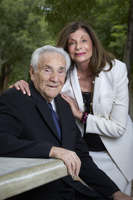
Photograph of George Levine and Shelley Berkley, Las Vegas, Nevada, May 05, 2016
Date
Archival Collection
Description
George Levine poses with his daughter Shelley Berkley on the campus of the University of Nevada, Las Vegas.
Image
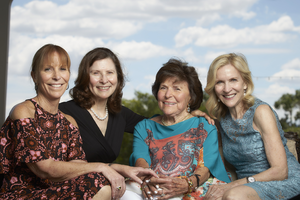
Photograph of Joyce Mack with daughters, Las Vegas (Nev.), May 08, 2016
Date
Archival Collection
Description
Mack Family matriarch Joyce Mack, middle right, photographed with her daughters, from left, Marilynn Mack, Barbara Mack Feller Levine, and Karen Mack Goldsmith.
Image
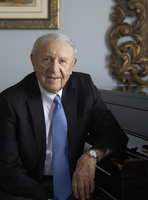
Photograph of Henry Kronberg, Las Vegas, Nevada, May 10, 2016
Date
Archival Collection
Description
Holocaust survivor and longtime Las Vegas businessman Henry Kronberg photographed at his Summerlin neighborhood home.
Image
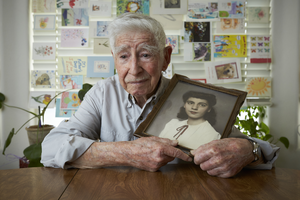
Photograph of Jerome "Jerry" D. Countess, Las Vegas (Nev.), May 12, 2016
Date
Archival Collection
Description
Longtime Las Vegas resident Jerome "Jerry" D. Countess holds a photograph of his late wife Rachel at his Sun City Summerlin neighborhood home. The couple were married in 1945. Countess established The Jewish Reporter newspaper in Southern Nevada.
Image
